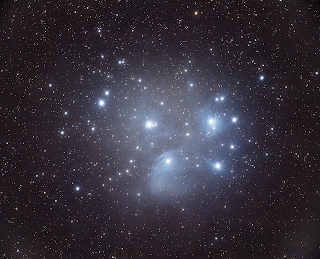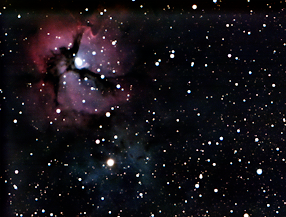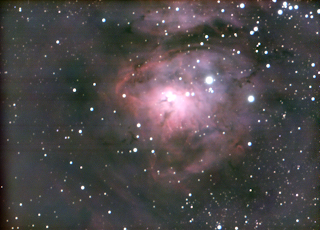Thanks to the beautiful weather, I have been able to take a lot of photos over the past few weeks and also try out and read a lot. The pictures were reasonably ok, but I found that the stars are not really beautiful and always a bit misshapen. Since I had this phenomenon with 30s as well as with 60s or 120s exposure time, I do not think that it is a problem with the tracking. Otherwise this should have been much more pronounced at 120s exposure time than at 30s. But it wasn't. I also had various problems with editing with PixInsight. The software is extremely extensive and by far the best software for editing astro photos. But correspondingly complex, so I signed up for a course in June and hope to learn a lot there. Here is a list of what I found out during my research on the Internet: The Atik Horizon CMOS sensor is apparently not able to generate stable bias images, i.e. my procedure for preprocessing (bias, dark, partly flat, light) was wrong and therefore could not...




